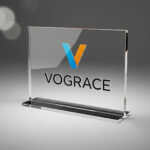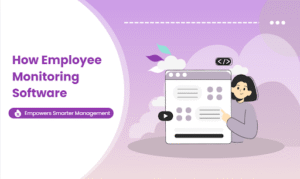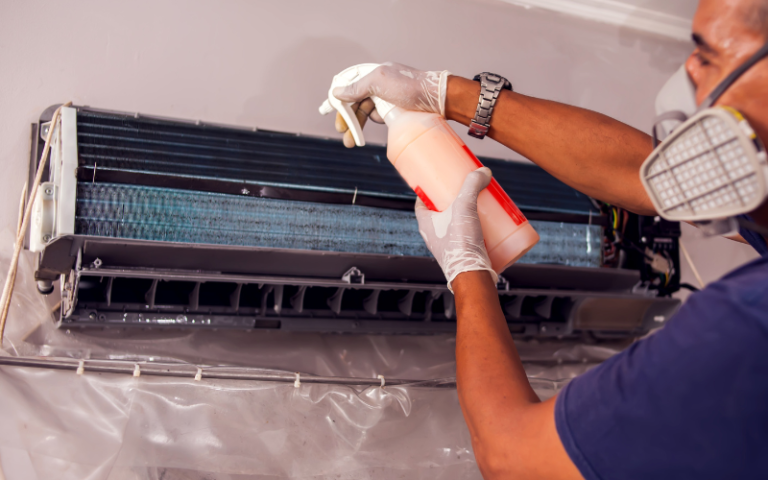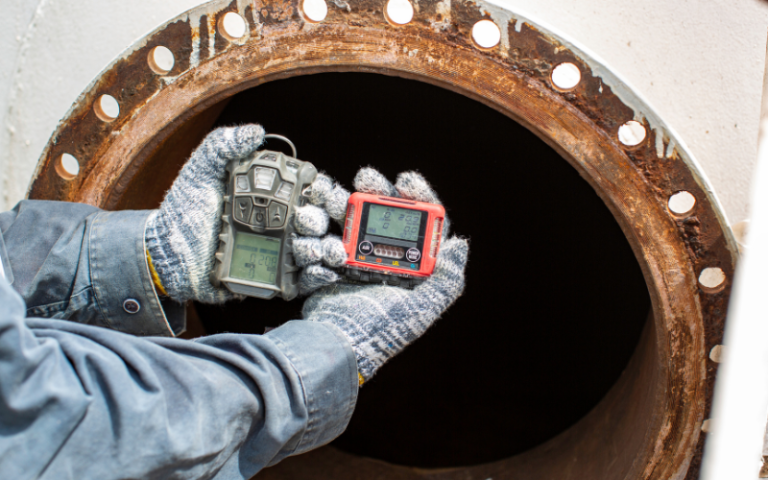Progressive lenses are a marvel of optical technology, allowing seamless vision correction for distance, intermediate, and near views. However, adjusting to these lenses can be challenging, especially for first-time users. By exploring transition lenses in Singapore or comparing progressive lens prices, learning to understand the adaptation process can make all the difference. This 30-day guide explains what to expect and how to adapt smoothly.
What Are Progressive Lenses?
Progressive lenses are multifocal glasses designed to correct presbyopia and other vision issues by eliminating the visible lines in bifocals or trifocals. These lenses provide a gradient of varying lens power, enabling smooth transitions between viewing distances. For users in Singapore, progressive lens options cater to different lifestyles, whether for daily tasks or extended screen use.
The First Few Days: Getting Started
The first few days with progressive lenses may feel disorienting. Some users experience “swim effect,” where peripheral vision may appear distorted. During this phase, Singapore opticians recommend wearing your glasses consistently rather than switching back to older ones. This helps the brain and eyes adjust to the unique field of vision offered by progressive lenses.
Adjusting Your Head Movements
Progressive lenses require a slight adjustment in how you position your head. Looking through the top of the lenses is ideal for distance, the middle for intermediate tasks, and the bottom for reading or close-up work. For tasks like navigating screens or reading menus, progressive lens users in Singapore suggest practising these movements deliberately in the initial days.
Mastering Reading and Screen Use
Using progressive lenses for reading or screen work can be tricky initially. For individuals working long hours at computers, investing in transition lenses Singapore users favour for their adaptability can enhance comfort. Ensuring your reading material or screens are at eye level reduces strain, speeding up the adjustment period.
Outdoor Adaptation: Transition Lenses for Comfort
For Singapore’s sunny climate, progressive lenses combined with transition technology offer excellent versatility. Transition lenses darken under UV light, providing added convenience during outdoor activities. Users often find these lenses helpful for smooth adaptation, as they minimise the need to switch between glasses and sunglasses.
Overcoming Balance and Depth Challenges
Navigating stairs or uneven terrain might feel unusual during the first week. This happens because progressive lenses alter the perception of depth. Experts in Singapore recommend consciously tilting your head rather than relying on eye movement alone when descending stairs or walking on uneven ground. Regular use will help your brain adapt to these changes.
Customising Your Fit for Maximum Comfort
A poorly fitted frame can hinder your adjustment to progressive lenses. Ensuring a proper fit is critical for the lenses to align correctly with your eyes. Singapore users benefit from consulting opticians familiar with progressive lenses to fine-tune the frame’s alignment, avoiding unnecessary strain.
The Two-Week Mark: Progress Assessment
By the two-week point, most users notice significant improvement. The initial discomfort and swim effect usually subside as your eyes adapt to the lens gradient. If difficulties persist, consider consulting an optician to determine whether the prescription or lens alignment requires adjustments.
Full Adaptation: Day 30 and Beyond
After 30 days, progressive lenses typically feel natural to most wearers. The smooth transition between viewing zones becomes second nature, and tasks like reading, driving, or using a computer are more comfortable. For users exploring progressive lens prices in Singapore, the investment pays off through the unparalleled convenience and clarity these lenses provide.
ALSO READ: GreekBuzz.co.uk
Maintenance for Long-Term Comfort
To ensure continued comfort, regular lens care is essential. Clean your lenses with appropriate solutions and store them safely to avoid scratches. Users of progressive lenses in Singapore often recommend periodic check-ups with opticians to ensure the prescription remains effective and the frames fit well.
Adapting to progressive lenses requires patience and consistency. This 30-day guide offers a roadmap to make the transition smoother, empowering you to enjoy clear and seamless vision.
For more inquiries on progressive lenses, contact Owndays today.



















